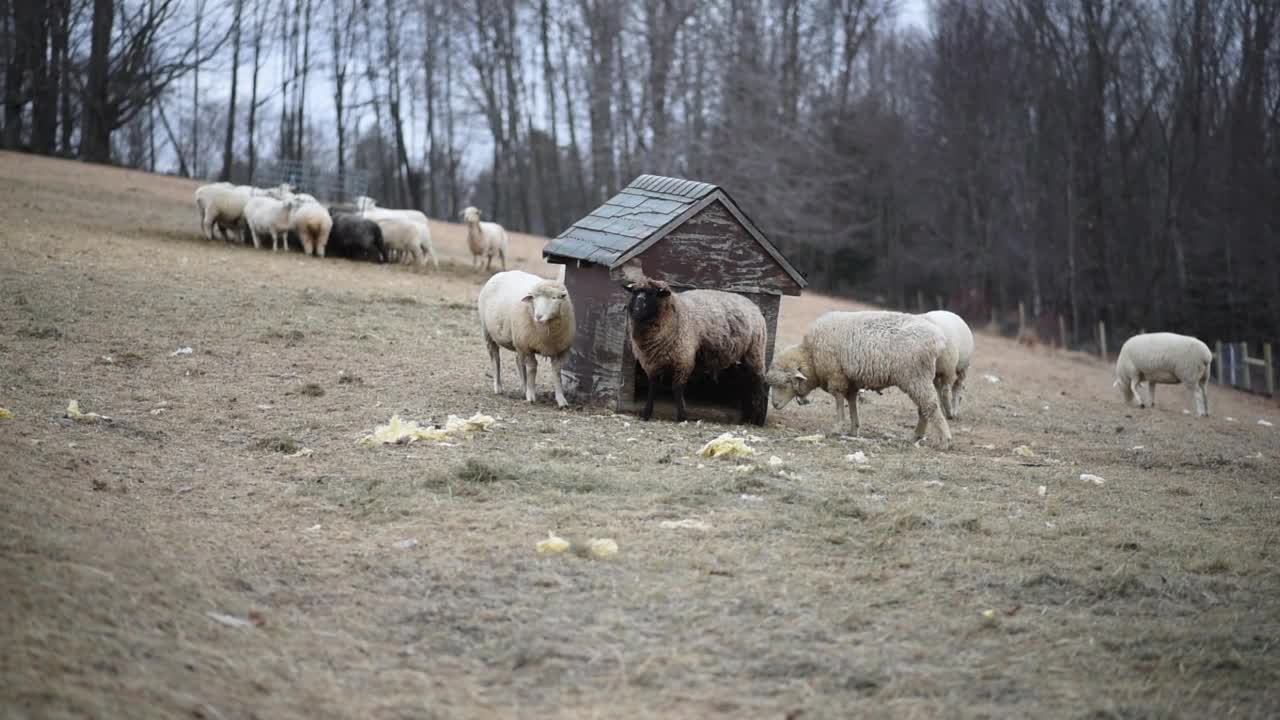To paraphrase Bill Fosher, my grazing guru, “It’ll look like you’re not working, but standing around watching your sheep is one of your most important jobs. Never underestimate the value of animal observation.” It’s the little differences you notice from one day to the next, he said, that can mean the difference between a treatable condition and a dead sheep. When Bill comes over for our weekly sessions, we spend some time in the field, shooting the shit and checking in, and at the end of those few minutes, he usually tells me three things I hadn’t noticed about my sheep. I’m working hard on getting him down to one thing that escaped me; it’s slow going.
My group of sheep started out as a largely undifferentiated mass of livestock to me, though I could tell there were dark ones and light ones (When I was choosing which sheep to buy, I specifically asked for all the dark ones on offer so that I’d have a fighting chance of distinguishing at least a few of them.). It’s been 2 months and a bit since they arrived, and I was recently surprised at how different their faces were looking to me, so I guess I’m starting to learn. When Bill was here the other day, he commented that one sheep looked older than another, and when I asked him what he was seeing to distinguish, he mumbled something about 30 years staring at sheep… I still have a ways to go.
I did notice fairly early on that one of the sheep was spending time scratching her back against a log. At first I thought it was kind of charming, like when puppy Cass would scratch her hip bones on the underside of a windowsill. Then one day I saw that two sheep were doing it, and determined to pay more attention. Over about a week, I figured out that all of the sheep from a particular farm were itchy: time to text Bill. He suggested I might have lousy sheep, and the farmer I got them from confirmed she had an occasional problem with sheep lice. The good news is that lice are not particularly problematic for sheep (and not transmissible to people or dogs!), and are easily treatable at shearing time. But over the weeks, I’ve noticed the itchiness spreading to sheep I got from other farms, so it seems that Bill’s hunch was right. More on this once we confirm the diagnosis.
Bravo has shown no interest in sleeping in the doghouse out in the field, but the sheep have been competing for it. Sorry for the noisy video — I’m still figuring out moving pictures.
Tagged: Animal observation, Bovicola ovis, Hollow Oak Farm, itchy, sheep, sheep lice
